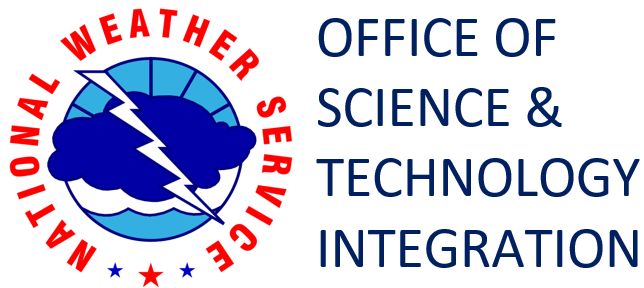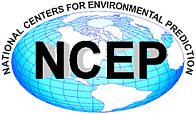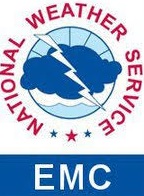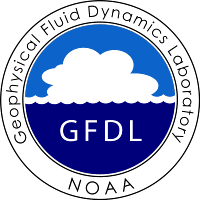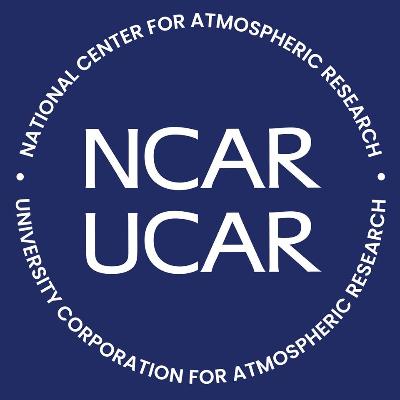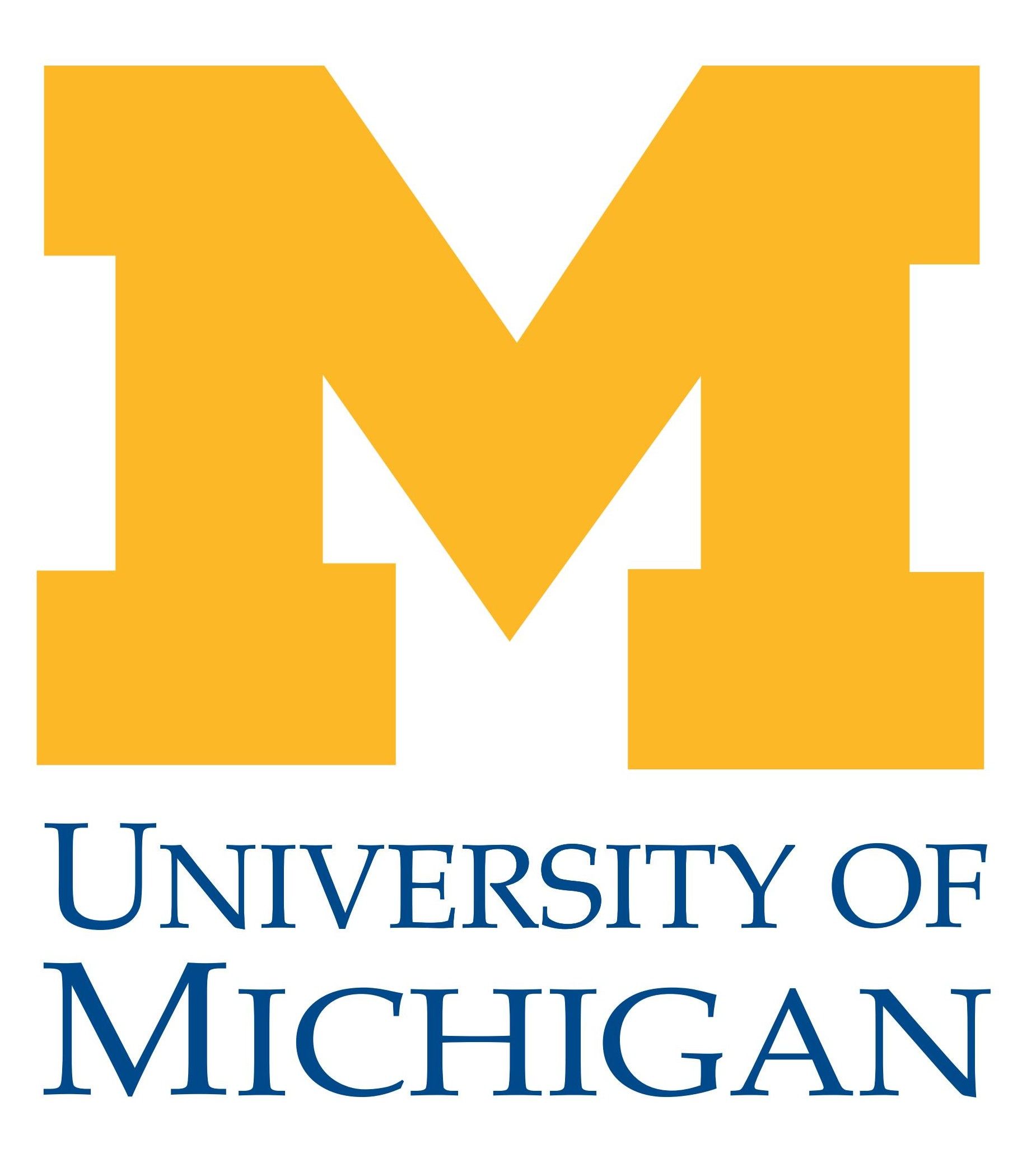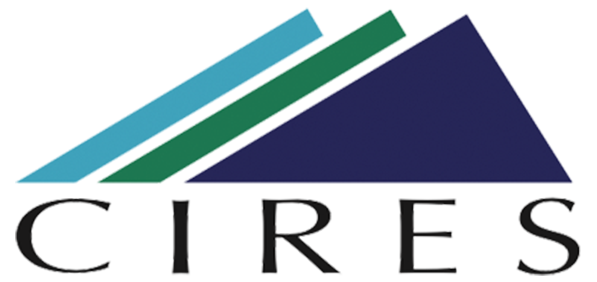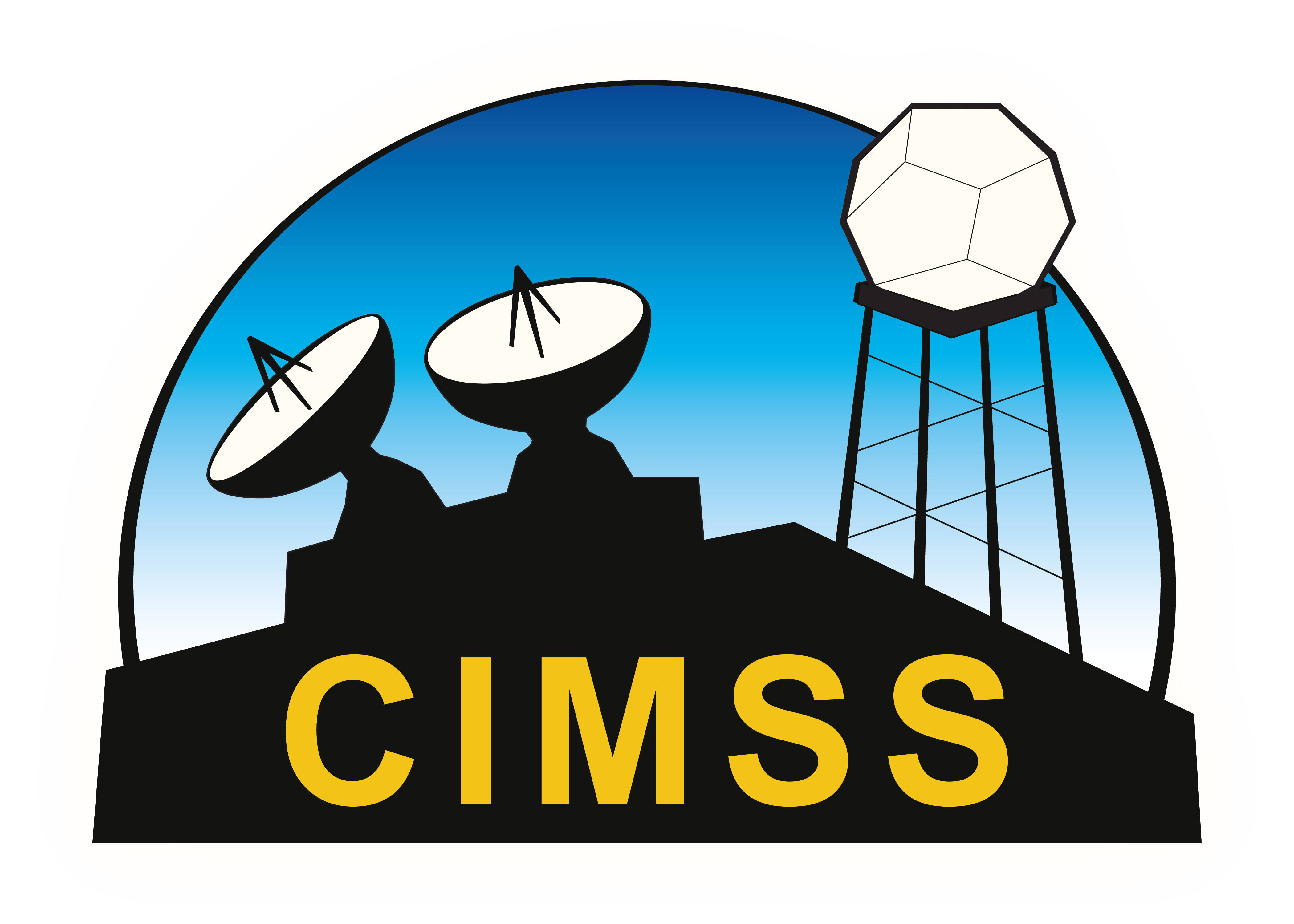Home - UFS R2O
The Unified Forecast System - Research to Operations (UFS-R2O) Project is a major ongoing undertaking at the National Oceanic and Atmospheric Administration (NOAA)’s Office of Science and Technology Integration in the National Weather Service (NWS), in collaboration with the Weather Program Office in the Office of Oceanic and Atmospheric Research (OAR), to build partnerships across the research and operational environmental modeling communities with a focus on transitioning UFS-based applications into the NWS - National Centers for Environmental Prediction (NCEP)’s operational modeling suite.
The Unified Forecast System (UFS) is a community-based global coupled Earth modeling system with the capability of configuring a set of common components (model components for atmosphere, land, ocean, sea ice, waves, aerosols, etc.) into different UFS Applications targeting predictions that span local to global domains, and forecast timescales ranging from sub-hourly to seasonal. The UFS is established in response to advice from the community that the NOAA modeling and data assimilation efforts should be integrated and collectively managed based on a unified modeling framework in a unified collaborative strategy. The UFS is being developed to support the NOAA’s operational forecast capabilities and is also envisioned to become a state-of-the-art community modeling system for research applications in the near future. Some of the key features of the UFS include the Geophysical Fluid Dynamics Laboratory (GFDL)’s Finite Volume Cubed Sphere (FV3) non-hydrostatic dynamical core, Common Community Physics Package (CCPP) from the Developmental Testbed Center (DTC) for interoperability of physics schemes and the Joint Effort for Data Assimilation Integration (JEDI) framework developed at the Joint Center for Satellite Data Assimilation (JCSDA). Other community contributions are the Noah-Multi Parameterization Land Surface Model (Noah-MP LSM; Niu, G.-Y. et al., 2011), GFDL’s Modular Ocean Model Version 6 (MOM6), Los Alamos Sea ice model version 6 (CICE6), WAVEWATCH III wave model, and Goddard Chemistry Aerosol Radiation and Transport (GOCART) aerosol model.
The UFS-R2O Project is a subset of the larger UFS community and priorities therein, with a specific focus on research and development efforts that are operationally near-mature and are therefore of high readiness levels (RLs) (for details on RLs, see NOAA’s Policy on Research and Development Transitions). While isolated R2O pathways have always existed in operational model development at the NWS, the UFS-R2O Project is a unique platform where research and operational communities within and outside of the NOAA directly work with the Environmental Modeling Center and contribute toward operational model development and implementation.
The UFS-R2O Project began in July 2020, and the first three years of the project (Phase I; July 2020 - June 2023) have resulted in many accomplishments, leading to significant advancements in developing the FV3-based systems including the Hurricane Analysis and Forecast System (HAFS) version 1, the regional Rapid Refresh Forecast System (RRFS) version 1, the Global Forecast System (GFS) version 17 and Global Ensemble Forecast System (GEFS) version 13. The Phase II of the project (July 2023 - June 2026) will continue to develop and improve global, regional, and hurricane prediction systems and their components for data assimilation, physics, infrastructure, and verification and post-processing.
For further context and overview of the UFS-R2O Project, please see Whitaker et al. 2021 (Bulletin of the UFS, April-June 2021 issue) published around the first anniversary of the project. Additionally, a project plan for the Phase I and various project presentations can be found in the Document Library.
The UFS-R2O Project is a broad collaboration between NOAA’s National Centers for Environmental
Prediction (NCEP)/Environmental Modeling Center (EMC), various research laboratories in the NOAA Office of Atmospheric Research (OAR), National Environmental Satellite, Data, and Information Service (NESDIS), National Center for Atmospheric Research (NCAR), Naval Research Laboratory (NRL) as well as universities and various NOAA Cooperative Institutes.
The project is led by three project leads representing the NOAA operations, the NOAA research and the academia, respectively. The project team is organized under three Application Team (AT)s and six Cross-cutting Team (CCT)s, each co-led by two team leads. The overall project leads are responsible for laying out the vision and the scope, and developing an integrated project plan that not only addresses the scientific and technical priorities identified by the Program Offices but is also tied to the operational timelines at the NCEP/EMC. The Application Teams are responsible for operationally-mature, finalized modeling systems (as UFS Applications) by integrating efforts of the Cross-cutting Teams who focus on development of component models or supporting systems such as data assimilation, physics parameterization, modeling infrastructure and verification and validation software.
Project Leads
Jeff Whitaker
Physical Sciences Laboratory
(NOAA/OAR), Boulder, CO
Jim Kinter
George Mason University
Fairfax, VA
Vijay Tallapragada
Environmental Modeling Center, (NOAA/NWS/NCEP), College Park, MD
Application Team Leads
Medium Range Weather / Sub-Seasonal to Seasonal
Fanglin Yang
Environmental Modeling Center,
NCEP, NWS College Park, MD
Cristiana Stan
George Mason University,
Fairfax, VA
Short Range Weather / Convection-Allowing Modeling
Curtis Alexander
Global Systems Laboratory,
(NOAA/OAR) Boulder, CO
Jacob Carley
Environmental Modeling Center,
(NOAA/NWS/NCEP), College Park, MD
Hurricane
Sundararaman Gopal
Atlantic Oceanographic and Meteorological Laboratory,
(NOAA/OAR), Miami, FL
Zhan Zhang
Environmental Modeling Center,
(NOAA/NWS/NCEP), College Park, MD
Cross-cutting Team Leads
Atmospheric Composition
Barry Baker
Air Resources Laboratory,
(NOAA/OAR), College Park, MD
Fanglin Yang
Environmental Modeling Center,
NCEP, NWS College Park, MD
Data Assimilation
Dan Holdaway
Environmental Modeling Center,
(NOAA/NWS/NCEP), College Park, MD
Sergey Frolov
Physical Sciences Laboratory,
(NOAA/OAR), Boulder, CO
Infrastructure
Jacob Carley
Environmental Modeling Center,
(NOAA/NWS/NCEP), College Park, MD
Ligia Bernardet
Global Systems Laboratory,
(NOAA/OAR) Boulder, CO
Marine
Jessica Meixner
Environmental Modeling Center,
(NOAA/NWS/NCEP), College Park, MD
Robert Hallberg
Geophysical Fluid Dynamics Laboratory,
(NOAA/OAR), Princeton, NJ
Physics and Dynamics
Fanglin Yang
Environmental Modeling Center,
(NOAA/NWS/NCEP), College Park, MD
Lisa Bengtsson
Physical Sciences Lab,
(NOAA/OAR) Boulder, CO
Verification and Validation and Post-processing
Jason Levit
Environmental Modeling Center,
(NOAA/NWS/NCEP), College Park, MD
Michelle Harrold
Developmental Testbed Center (DTC) &
National Center for Atmospheric Research (NCAR), Boulder, CO
The overarching goal of the UFS-R2O Project is to use a collaborative approach to accelerate the transition of research into operational UFS-based applications, increasing the rate of improvement of NOAA’s operational forecasts while simplifying the operational production suite. Priorities for the development have been motivated by input from forecasters, testbeds and other stakeholders. Currently the UFS-R2O Project focuses on developing the following three UFS-based forecast systems that are slated for operational releases in 2024 through 2026 timeframe.
Medium-range Weather / Sub-seasonal to Seasonal (MRW/S2S) Applications include the Global Forecast System (GFS) for medium-range forecasts up to 16 days and the Global Ensemble Forecast System (GEFS) for subseasonal forecasts up to 45 days. Both systems will be built using the global coupled UFS as the basis, which includes the following six components of the Earth system: the FV3 dynamical core (atmosphere), MOM6 (ocean), Noah-MP (land surface), GOCART (aerosols), CICE6 (sea ice) and WAVEWATCH III (ocean surface waves). This will constitute initially the development of the upcoming operational releases of the GFS version 17 (GFSv17) and GEFS version 13 (GEFSv13), and their future versions thereafter. The two systems will be initialized with ‘weakly coupled’ Global Data Assimilation System (GDAS), based on Joint Effort for Data Assimilation Integration (JEDI) initially for ocean, land and aerosols and later for atmosphere. The GFSv17 will be a deterministic system, while the GEFSv13 is an ensemble system with stochastic physics in atmosphere, land and ocean, and also includes 30-year replay-based reanalysis and reforecast.
Short-range Weather / Convection-Allowing Modeling (SRW/CAM) Application will be the UFS-based Rapid-Refresh Forecast System (RRFS) which will be a regional, high-resolution hourly-updating and convection-allowing atmosphere-land coupled ensemble system based on FV3-Limited Area Model (FV3-LAM) for prediction of severe weather. The RRFS will replace the existing hi-resolution operational modeling suite at the NCEP. A new 3-Dimensional Real Time Mesoscale Analysis (3DRTMA) system is also being developed to support National Digital Forecast Database (NDFD) operations.
Hurricane Analysis and Forecast (HAFS) Application will be an atmosphere-ocean-land regional system with moving nests for hurricane prediction. This is expected to produce a more accurate high-resolution forecast guidance for tropical cyclones across the globe and will be the UFS-based successor to the Hurricane Weather Research and Forecast System (HWRF) and the Hurricanes in a Multi-scale Ocean-coupled Non-hydrostatic Model (HMON). The new UFS-based HAFS system will be based on the FV3-LAM for the atmosphere and Hybrid Coordinate Ocean Model (HYCOM) for the ocean.
Beyond the development of the above UFS Applications, the R2O project expects to continue making strides towards further simplification and modernization of the NCEP production suite toward 2030. These include, but are not limited to, the development of capabilities for coupled data assimilation, coupled modeling, advanced physics, and increased spatial resolution as appropriate to each forecast application. The NCEP production suite is anticipated to undergo further modernization by embracing an agile development framework that will enable regular cadence of upgrades and implementations as well as production and evaluation of reforecasts ‘on the fly’. Additionally, development of new UFS Applications are being planned that include warn-on-forecast, ensemble seasonal prediction, coastal and Great Lakes wave forecasts, regional air quality prediction including fire weather, streamflow and flood prediction, and space weather forecasting. The expectation is that by 2030 these forecast systems along with their corresponding initialization with the JEDI software architecture will either transition to operations or be substantially developed for operational implementation.


